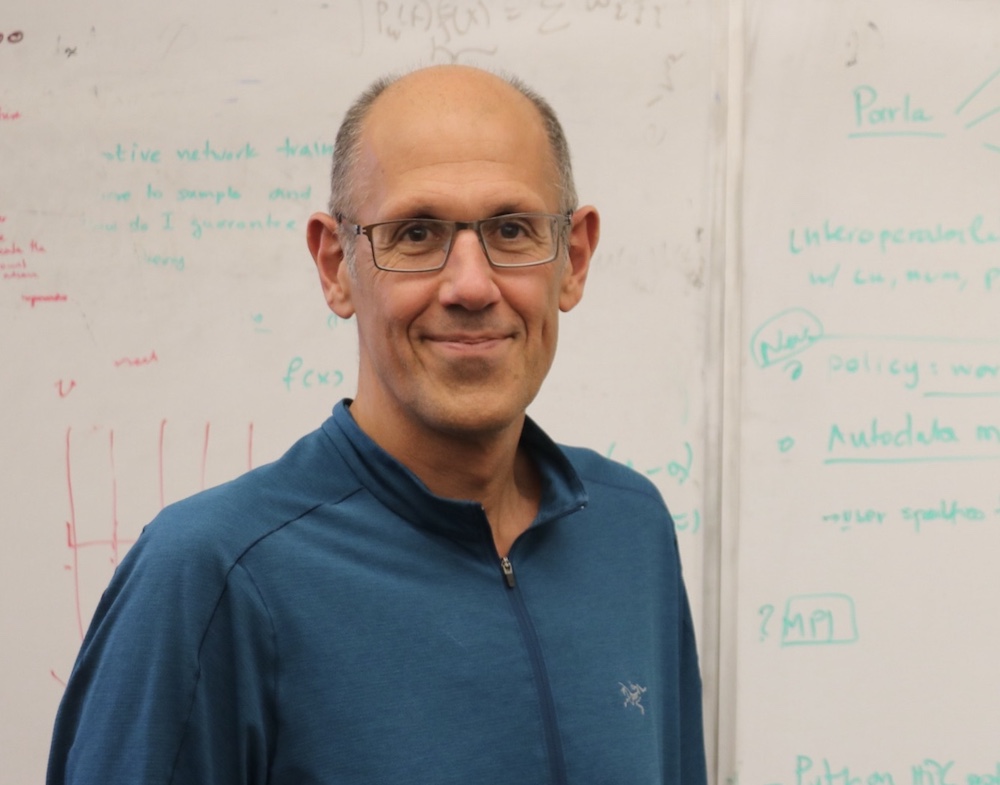Many computational scientists begin as mathematicians. Theirs is a community that believes our salvation lies in the universal language of numbers. Many societal problems, particularly those where we must predict future behaviors or outcomes, are best solved using complex, applied mathematical tools — notably one tool known as partial differential equations (PDEs). Such problems include everything from designing new spacecraft, to developing novel materials or determining what the climate will look like 500 years from now.
George Biros is one such computational scientist. His research touches on a variety of interdisciplinary computational applications in healthcare, defense, fluid dynamics and additive manufacturing. He also gets “under the hood” to advance the fundamental mathematical tools underpinning computational science and engineering (CSE) and high performance computing (HPC).
Biros is excited about the age of the exascale supercomputing — which we recently entered with the unveiling of the Frontier system at Oak Ridge National Laboratory, capable of more than a billion billion, or one exaflop, calculations per second. (108). Supercomputers happen to be very good at solving PDEs. Although computational models can be realized using alternative mathematical and scientific tools, PDEs are used ubiquitously for modeling or simulating various physical, biological and chemical systems. And the increasing power, performance, and storage capacity of HPC facilities, coupled with more sophisticated modeling techniques, means CSE is now providing such accuracy that it has moved into almost every applicable area of science imaginable.
A professor of mechanical engineering and computer science at The University of Texas at Austin, Biros also holds the W. A. "Tex" Moncrief Chair in Simulation-Based Engineering Sciences at the Oden Institute for Computational Engineering and Sciences.
His research as head of the Parallel Algorithms for Data Analysis and Simulation Group at the Oden Institute solves various fundamental problems in mathematics. Improving the underlying math can accelerate methods used in data analysis and machine learning, inverse problems, uncertainty quantification and simulation. These can be applied to many real-world scenarios, from medical image analysis and to computational oncology.

